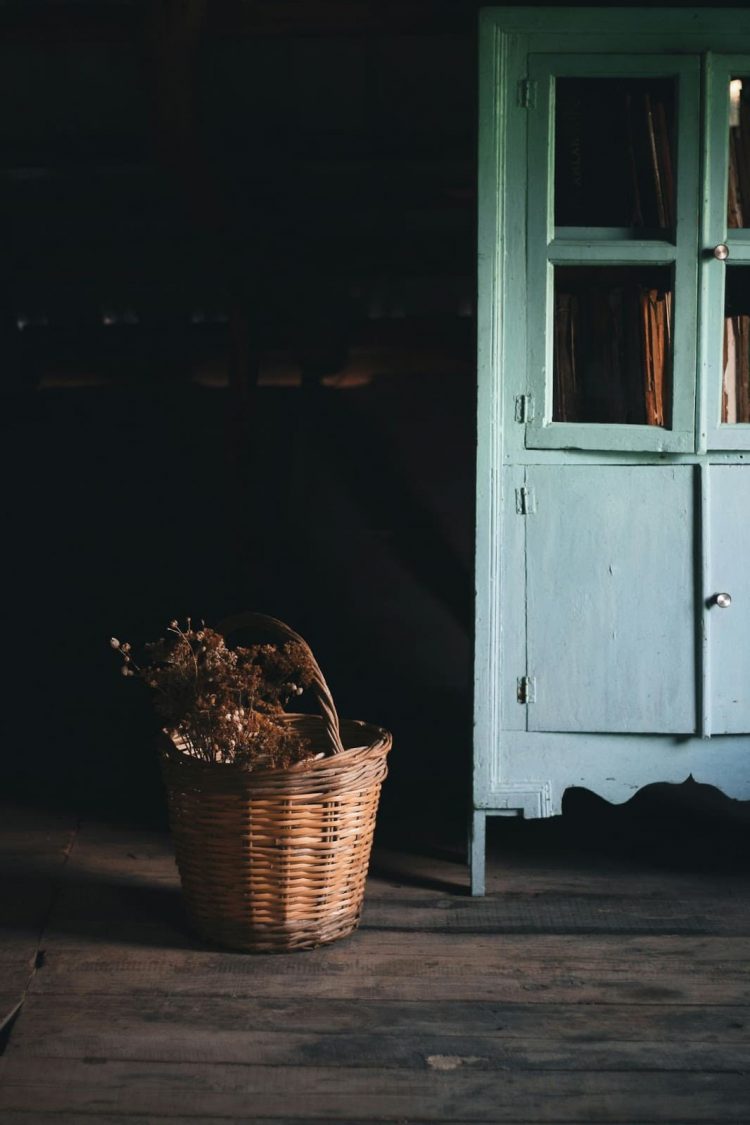Antique furniture carries a sense of history, craftsmanship, and timeless elegance. But in today’s market, where demand is high, reproductions and fakes are everywhere. How can you tell if a piece is genuinely antique or just a clever imitation? Whether you’re searching for unique treasures at flea markets, estate sales, or online platforms like https://www.tokinima.gr/, knowing how to identify real antique furniture is crucial. A true antique isn’t just about age—it’s about authenticity, construction, and historical accuracy. Let’s explore expert tips to help you make informed choices and avoid costly mistakes.
Key Signs of Authentic Antique Furniture
Spotting a fake antique requires a sharp eye and attention to detail. Many reproductions look convincing at first glance, but they often reveal their true nature upon closer inspection. Here’s what to look for:
- Wood Type and Aging Patterns – Authentic antique furniture is often made from solid wood like mahogany, walnut, or oak. Over time, wood naturally expands, contracts, and develops a unique patina. If a piece looks too uniform, with no signs of aging, it might be a reproduction.
- Joinery Techniques – Older furniture was crafted using traditional methods like dovetail joints, mortise-and-tenon, and wooden pegs. Modern reproductions often use nails, glue, or staples, which are clear indicators of a fake.
- Hardware and Fasteners – Genuine antique furniture typically has hand-forged nails and screws with irregular shapes, as opposed to the perfectly machined hardware found in modern reproductions.
- Signs of Wear and Use – Real antiques will show signs of natural wear in areas like drawer runners, chair arms, and tabletop edges. If these areas look artificially distressed or too perfect, it’s likely a fake.
- Hand-Carved vs. Machine-Made – Authentic antique furniture often features hand-carved details, which may be slightly asymmetrical. Reproductions, made by machines, tend to have overly precise, uniform carvings.
Key Differences Between Authentic and Fake Antiques
| Feature | Genuine Antique | Fake/Reproduction |
|---|---|---|
| Wood Aging | Natural patina, slight imperfections | Too uniform, artificially aged |
| Joinery | Dovetail, mortise-and-tenon, wooden pegs | Glue, nails, or staples |
| Hardware | Hand-forged nails, aged metal | Perfectly machined, shiny hardware |
| Carvings | Slightly asymmetrical, hand-carved details | Machine-made, too perfect |
| Signs of Use | Wear in natural areas (edges, corners) | Overly distressed or pristine |
Red Flags That Indicate a Fake Antique
Even with the right knowledge, spotting a fake can be tricky. Some pieces are so well-crafted that even experienced buyers need to inspect them carefully. Here are some common red flags that suggest a piece is not as old as it seems:

- Too Much “Perfect” Wear – If a piece looks evenly distressed in places that wouldn’t naturally experience wear, it might have been artificially aged.
- Suspiciously Low Prices – If a deal seems too good to be true, it probably is. Genuine antiques hold their value, so extreme bargains should raise suspicion.
- Overuse of Veneer – While some antiques do feature veneers, excessive or cheaply applied veneer can indicate a reproduction.
- Mixed Hardware – If drawer handles, hinges, or locks don’t match in style or aging, they may have been replaced to create a false antique look.
- Lack of Provenance – True antique sellers often provide details about an item’s history. If the seller is vague or avoids answering questions, be cautious.
How to Make an Informed Purchase
When buying antique furniture, patience and research are your best tools. Don’t rush into a purchase—take your time to inspect the piece carefully. If possible, bring a flashlight and magnifying glass to examine the details. Here are some additional tips to ensure authenticity:
- Ask for Documentation – Sellers who deal in authentic antiques should have some knowledge of the item’s origin and previous ownership.
- Check for Consistency – Compare all parts of the furniture. A genuine antique should have uniform aging; if one section looks older than the rest, it might be a mix of real and fake elements.
- Get a Second Opinion – If you’re unsure, consult an expert or appraiser before buying. A professional eye can save you from costly mistakes.
- Trust Your Instincts – If something feels off—whether it’s the weight, the material, or the seller’s explanation—it’s best to walk away.
The Art of Appreciating True Antiques
Buying antique furniture isn’t just about acquiring beautiful objects—it’s about preserving history, craftsmanship, and authenticity. A genuine antique carries a story, a sense of past generations, and an irreplaceable charm that modern reproductions can never truly replicate. When you find a real antique, you’re not just purchasing furniture; you’re bringing a piece of history into your home.
So, next time you browse an antique shop or online marketplace, take your time, ask the right questions, and trust your instincts. The best pieces are the ones that stand the test of time—not just in durability, but in authenticity. Will you be the next caretaker of a historical masterpiece?
FAQ
Why do fake antiques sometimes look more “antique” than real ones?
Because they are intentionally distressed to create an exaggerated aged look, while real antiques age naturally over time.
What is the best way to determine if a wooden chair is truly antique?
Check the joinery—hand-cut dovetails and natural wear patterns indicate authenticity, while glue and staples suggest a reproduction.
How can the smell of furniture help in identifying antiques?
Genuine antiques often have a distinct old-wood smell due to years of natural aging, while reproductions might smell like fresh varnish or glue.

